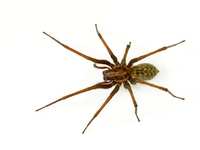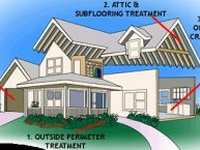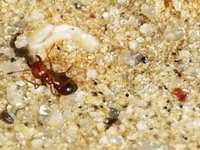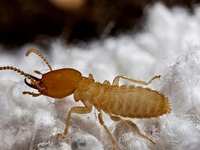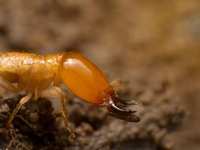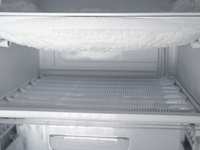- Categories :
- More
Mosquito Hawks
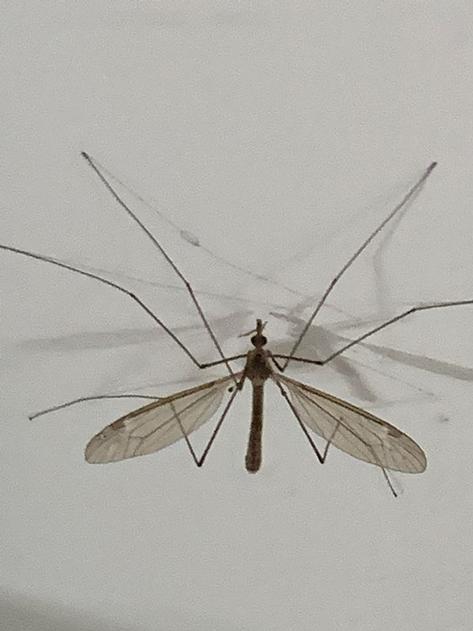
It’s mosquito hawk season again. If you are unfamiliar with the common name mosquito hawk, they are also known as crane flies. Some have even mislabeled them as Texas-size mosquitoes. They can have a 2.5-inch wingspan, and they are often yellow, brown, red, or gray. Mosquito hawks have long antennae. The mosquito hawk may look threatening, but they don’t bite or spread disease.
Mosquito hawks start to emerge at the end of winter.
Despite their common nickname, they do not actually prey on mosquitoes. Adult mosquito hawks are harmless and typically don’t eat at all. The larvae, also known as leatherjackets, are the ones that feed on the decomposing plant matter around them. in some cases, they will eat roots of grasses and other plants, which can sometimes make them a pest in lawns and gardens. The larvae are often found in December and January under layers of decaying leaves in wet locations such as ditches.
Some common misconceptions and facts:
- Misidentification: Many people think mosquito hawks are either giant mosquitoes or mosquito eaters, but they’re neither. They do not bite or sting humans or animals.
- Nuisance: Mosquito hawks have a tendency to swarm lights and enter homes and can be annoying to people.
- Beneficial Role: The mosquito hawk larvae can play an important role as decomposers. Feeding on decaying plant matter, they contribute to nutrient cycling in soil ecosystems. It is only in large numbers, the larvae, or leatherjackets, can damage lawns and garden plants.
Despite the nickname, they do not eat mosquitoes. Adult mosquito hawks typically do not eat at all; In the larval stage, it’s a different story.
In these southern parts of Texas, mosquito hawk larvae generally emerge and begin feeding in wet or decomposing leaves or mulch in December and January. They will finish their metamorphosis and start to emerge as adults in February or March.
To manage mosquito hawks effectively, here are several strategies to help control the adult mosquito hawk and their larvae:
- Maintain Healthy Lawn:
- A well-maintained lawn can withstand and recover from mosquito hawk larvae damage more effectively. This includes proper fertilization, aeration, and watering.
- Keeping grass at an appropriate height can make the environment less hospitable for mosquito hawk to lay eggs
- Around your house, take care not to overwater your yard. Good drainage to avoid standing pools of water will remove the conditions they like to lay their eggs in.
- Insecticides:
- If a mosquito hawk infestation is severe, insecticides may be necessary. However, it’s crucial to use them as a last resort since the adult mosquito hawks life span is only a few days.
- The most effective time for chemical treatment is when the larvae are young and actively feeding, which is typically in the fall or early spring. Adult mosquito hawks are not typically targeted for control since they do not feed on plants and live only a few days, just long enough to complete the reproductive cycle.
- Monitoring:
-
- Your lawn’s appearance gives away the presence of larvae. This applies to more than just larvae of mosquito hawks. In the fall and spring, look for patches of damaged grass. These patches may grow together and spread. Extensive areas of larvae will attract grub-hunting predators like birds and skunks, and they will dig at the lawn to get at the larvae.
The only time mosquito hawks might be a problem is if a large enough population of mosquito hawk larvae eats the roots of the grass in your yard. This can result in large brown patches in your yard. Even that damage is only temporary. As soon as their season is over, the grass should begin growing out again.
Whether you call them mosquito hawks or crane flies, just know they won’t hurt you. Keep us in mind and we will be ready to help you when the REAL mosquitoes start to show up! Having other pest issues? Call or contact us at Bio-Tech Pest Control 281-336-0500.


